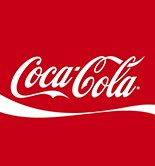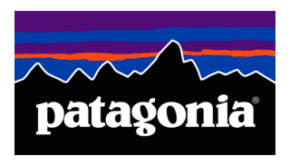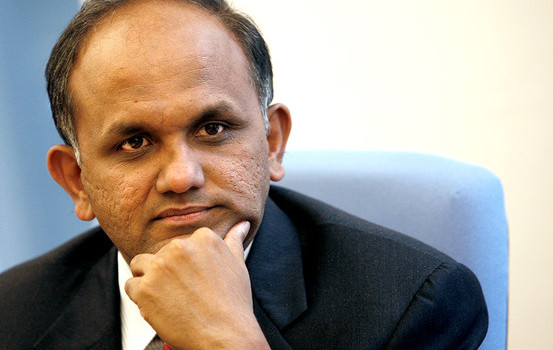Adobe Systems is a software and computer company. Its headquarters are located in San José, California.
For 14 years, the company has been listed among the top 100 best companies in terms of working conditions (according to a list compiled by Fortune Magazine), and among the Top 10 for its offices in Asia. In 2014, the company was considered as the third most environmentally aware company in the world.
It is worth mentioning that the company was created in California, by the Adobe Creek in Los Altos. And that Marva, the creator’s (John Warnock) wife, was the one who designed the initial logo in 1982.
In November 2014, 12,499 people worked for the company, which operates offices in the United States, in Europe, in the Middle East, in Asia and in Australia.
Adobe Systems created more than 100 products. Nowadays, its business is centred around two main parts: Adobe digital marketing, which offers a variety of marketing analysis tools, and Adobe creative, with its graphic design and digital publication tools.
The largest part of the turnover was generated by the Cloud editor’s service. Indeed, in 2014 this service represented 50% of the company’s profits, compared to 39% for the licences sales. A new economic strategy is being implemented: passing from the licences sales to a subscription system, and developing marketing analytics tools. The different acquisitions of the group are on that track: Adobe acquired photography platform Fotolia, and more recently the French company Neolane, specialized in the marketing campaigns management. A new economic model is getting started. Indeed, in September 2014, Adobe partnered with Publicis in order to create a new marketing platform, Always-On, a marketing campaign management and analysis tool.
History
In 1982 John Warnock and Charles Geschke, two information technology specialists, created Adobe Systems. Both had already worked for the Xerox’s research centre in Palo Alto at the end of the seventies. While working on a project to create an independent tool for printers and for graphics, the idea of creating Adobe and their own company came to them. Their objective as innovators was to convey in images and digital texts the contents of printed pages on a computer page.
Since 1982, Adobe Systems Inc. has been defining the standard in the fields of publishing and printing. It all started with the format PostScript, which was introduced on the market in 1984. That language brought alternatives to the restrictions and complexities of the publishing field. It was quickly followed by other technological and graphic innovations such as Illustrator, Photoshop and Type Manager. These software were soon a hit. However, competition was fierce; competing with PostScript were AnyView, Common Ground, Replica, Folio, and Envoy. In that context, the company’s researchers invented a new format for archiving, the “PDF” format. And finally, at the end of the nineties, the “Portable Document Format” turned into the standard for sharing and printing electronic archives.
Moreover, encouraged by this success, the company continued to expand its market share with new functionalities, new software, and new languages. This was how Acrobat XI, Dreamweaver CC, InDesign, and many products designed for video editing, websites and application development, special effects and video games design were born.
With a view to grow, the company acquired other companies, such as Aldus in 1994, GoLive in 1999, Macromedia, Inc. in 2005 and Omniture in 2009. Also at the beginning of the 2000s, the two company founders retired. Bruce Chizen took over until December 2007. Since then, Shantanu Narayen has been the CEO.
Key figures
The company turnover rose by one per cent in 2014, reaching $1.01 billion. Analysts were expecting better, and that announcement entailed a decrease of the stock by 3.6% on Wall Street. Thus, the net profit for 2014 amounted to $44.7 million, compared to $83 million the previous year. The largest part of the turnover was generated by the Cloud editor’s service. Indeed, in 2014 this service represented 50% of the company’s profits, compared to 39% for the licences sales.









